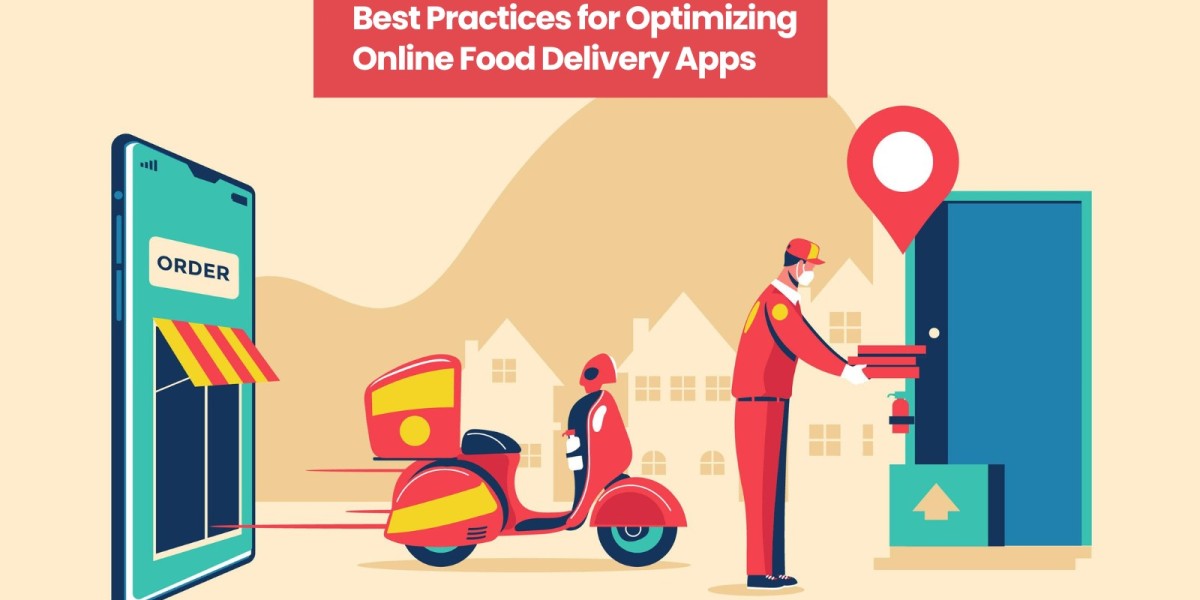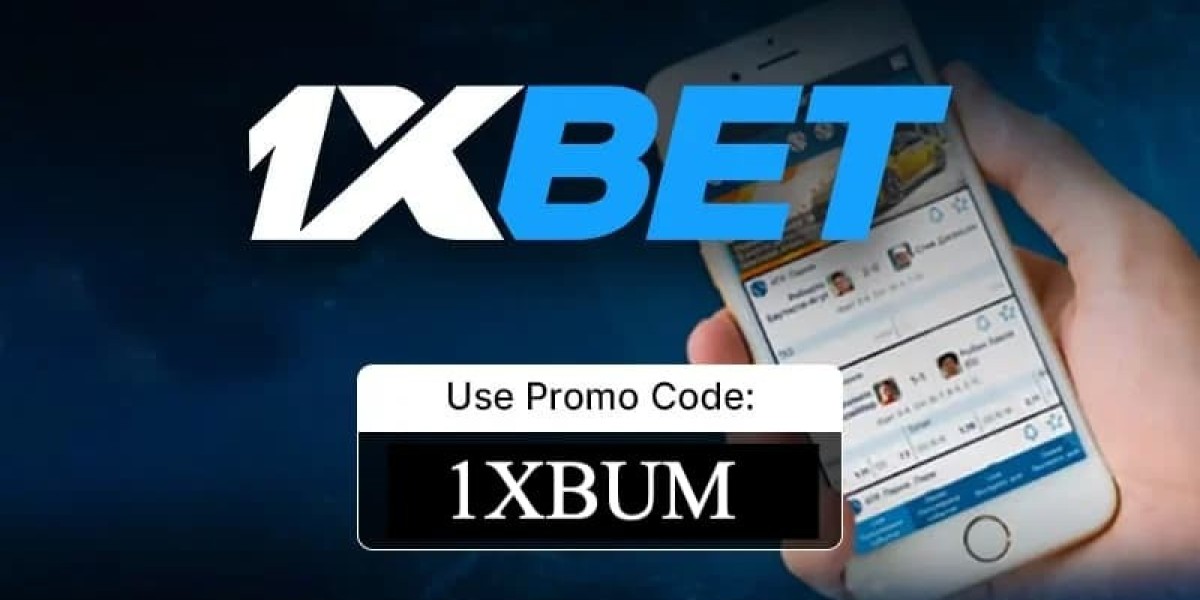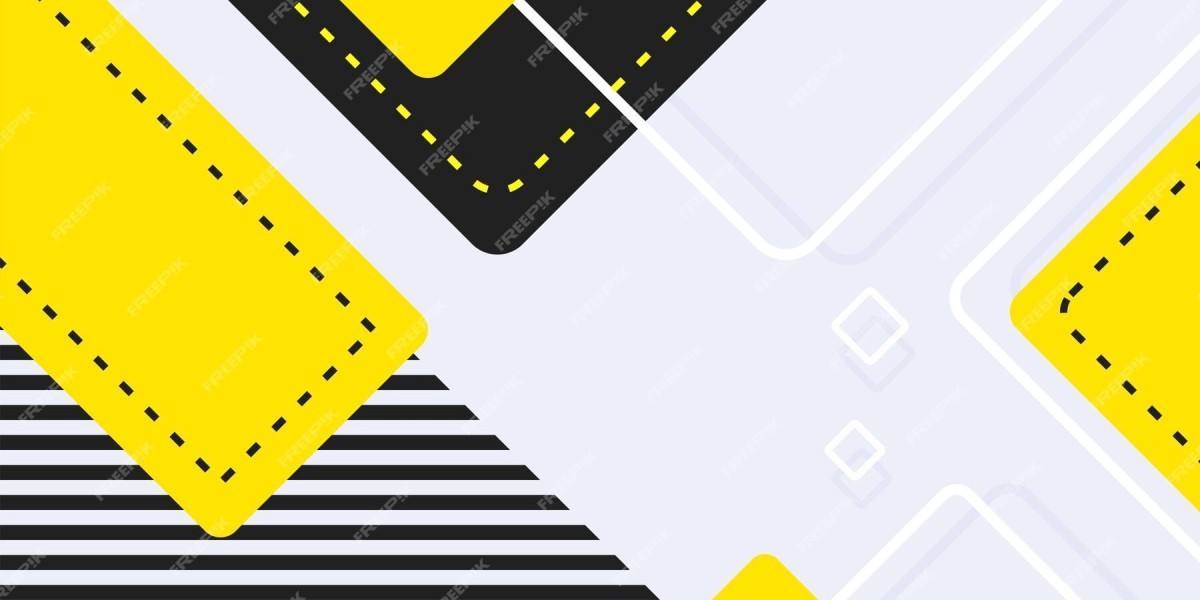The online food delivery industry has experienced exponential growth, accelerated by changing consumer habits and technological advancements. With giants like Uber Eats, DoorDash, and Zomato leading the market, businesses must ensure their apps deliver seamless experiences to stay competitive.
However, many food delivery apps struggle with slow loading times, poor user experience (UX), inefficient delivery logistics, and high cart abandonment rates. Optimizing these apps is crucial for improving customer satisfaction, increasing order frequency, and maximizing revenue.
In this guide, we’ll explore the best practices for optimizing online food delivery apps, covering performance, UX/UI, search functionality, checkout efficiency, delivery management, marketing strategies, security, and user feedback.
1. Improve App Performance & Speed
A slow app frustrates users and increases abandonment rates. Research shows that 53% of users leave a mobile site if it takes longer than 3 seconds to load. Here’s how to optimize performance:
Best Practices:
✅ Reduce Loading Time
Compress images without losing quality (use WebP format).
Minimize HTTP requests by bundling JavaScript and CSS files.
Use a Content Delivery Network (CDN) to serve content faster globally.
✅ Implement Caching
Cache frequently accessed data (menus, user profiles, restaurant details).
Use local storage to save recent searches and order history.
✅ Adopt Lazy Loading
Load images and menu items only when the user scrolls to them.
Improves initial load time, especially for users with slow internet.
✅ Optimize Backend Infrastructure
Use scalable cloud solutions like AWS, Google Cloud, or Firebase.
Ensure database queries are optimized to reduce latency.
Example: Swiggy and Zomato use predictive pre-loading, where the app loads restaurant data based on the user’s location before they even search.
2. Enhance User Experience (UX) & Interface (UI)
A well-designed app keeps users engaged and encourages repeat orders. Poor UX is a leading cause of app uninstalls.
Best Practices:
✅ Simplify the Ordering Process
Reduce steps from menu selection to checkout (aim for 3-4 clicks max).
Enable one-tap reordering for returning customers.
✅ Improve Navigation & Search
Use clear categories (Veg/Non-Veg, Cuisine Type, Budget).
Implement a floating cart so users can modify orders easily.
✅ Use High-Quality Visuals
Professional food photography increases order likelihood.
Maintain consistent branding (colors, fonts, icons).
✅ Ensure Mobile Responsiveness
Optimize for both iOS and Android.
Test on multiple screen sizes (smartphones, tablets).
✅ Enable Dark Mode
Reduces eye strain and saves battery life.
Apps like Uber Eats and Zomato offer this feature. Visit: https://zipprr.com/ubereats-clone/
3. Optimize Search & Personalization
Users expect quick, relevant search results. A poorly optimized search function leads to frustration and lost sales.
Best Practices:
✅ AI-Driven Search Suggestions
Implement autocomplete and typo tolerance (e.g., "burgr" → "burger").
Use natural language processing (NLP) to understand queries like "spicy noodles near me."
✅ Personalized Recommendations
Suggest dishes based on past orders and browsing history.
Offer location-based deals (e.g., "Popular near you").
✅ Dietary & Preference Filters
Allow filtering by vegetarian, vegan, gluten-free, keto-friendly, etc.
Highlight best-selling or chef-recommended items.
✅ Voice Search Integration
Users can say, "Order a large pepperoni pizza from Domino’s" instead of typing.
Supported by Google Assistant and Siri shortcuts.
Example: DoorDash uses machine learning to personalize the homepage based on user behavior.
4. Streamline Checkout & Payment Process
A complicated checkout process leads to cart abandonment. Over 70% of users drop off if the process is too long.
Best Practices:
✅ Guest Checkout Option
Don’t force users to create an account before ordering.
Offer social login (Google, Facebook, Apple) for faster sign-ups.
✅ Multiple Payment Methods
Credit/Debit cards, UPI (Google Pay, PhonePe), digital wallets (Paytm), and COD.
Save payment details securely for returning users.
✅ One-Click Reordering
Allow users to repeat past orders with a single tap.
✅ Real-Time Order Tracking
Show live updates (Preparing → Out for Delivery → Delivered).
Include estimated delivery time and delivery person’s GPS location.
Example: Uber Eats allows users to track their delivery rider in real-time, reducing anxiety about delays.
5. Ensure Efficient Delivery Management
Late deliveries lead to negative reviews and lost customers. Optimizing logistics is crucial.
Best Practices:
✅ Real-Time GPS Tracking for Riders
Helps users track their order and reduces support queries.
✅ AI-Powered Route Optimization
Reduces delivery time and fuel costs.
Apps like Dunzo use dynamic routing to avoid traffic.
✅ Flexible Delivery Slots
Let users choose express (30 min) or scheduled delivery.
✅ Delivery Feedback System
Rate delivery experience (speed, packaging, rider behavior).
Use feedback to improve service quality.
6. Leverage Push Notifications & Marketing
Smart notifications increase engagement and repeat orders. But too many can lead to uninstalls.
Best Practices:
✅ Personalized Offers & Discounts
"Hungry? Get 40% off your next order!"
Birthday/anniversary discounts.
✅ Geofencing for Local Promotions
Send deals when users are near partner restaurants.
✅ Order Status Updates
"Your pizza is on the way! ETA: 12 min."
✅ Avoid Spammy Notifications
Let users customize notification preferences.
7. Implement Strong Security Measures
Food apps handle sensitive data (payment info, addresses). A breach can destroy trust.
Best Practices:
✅ End-to-End Encryption (SSL/TLS)
✅ GDPR & CCPA Compliance
✅ Two-Factor Authentication (2FA)
✅ Regular Security Audits
8. Gather & Analyze User Feedback
Continuous improvement is key.
Best Practices:
✅ In-App Feedback Forms
✅ Monitor App Store Reviews
✅ A/B Test New Features
Conclusion
Optimizing a food delivery app requires speed, UX, personalization, smooth checkout, efficient delivery, smart marketing, security, and feedback analysis. By implementing these best practices, businesses can boost retention, increase orders, and stay ahead of competitors.








